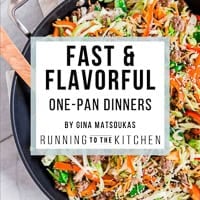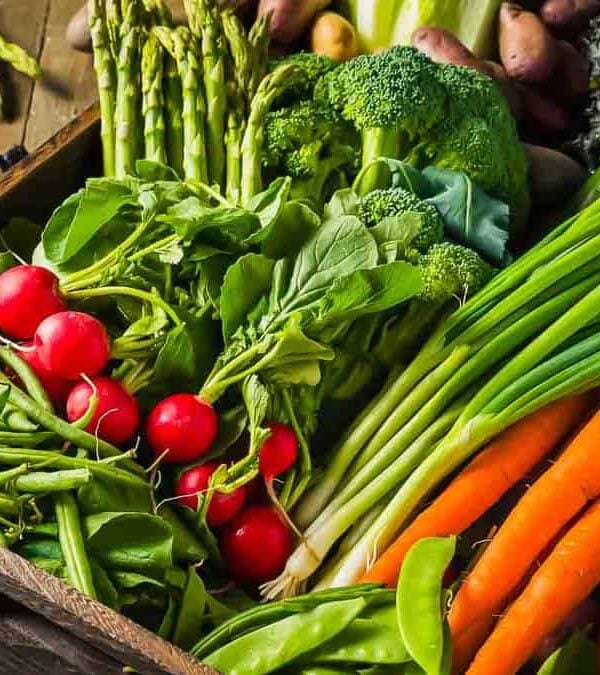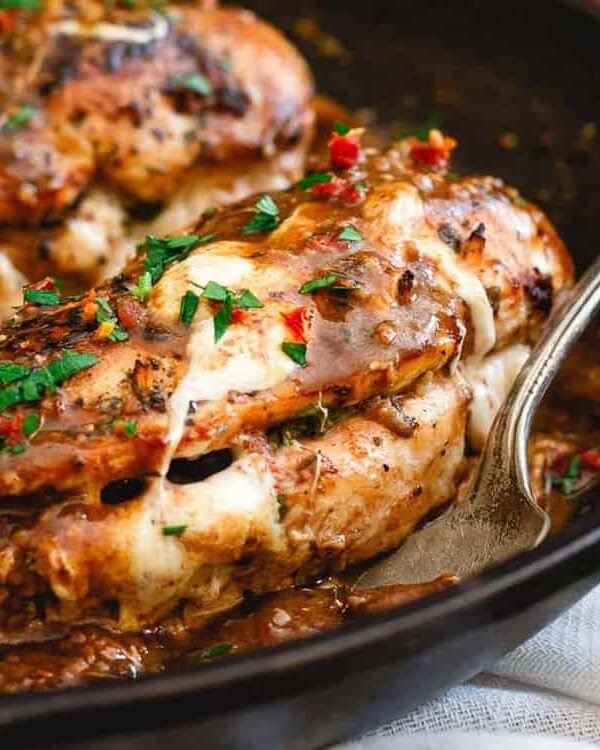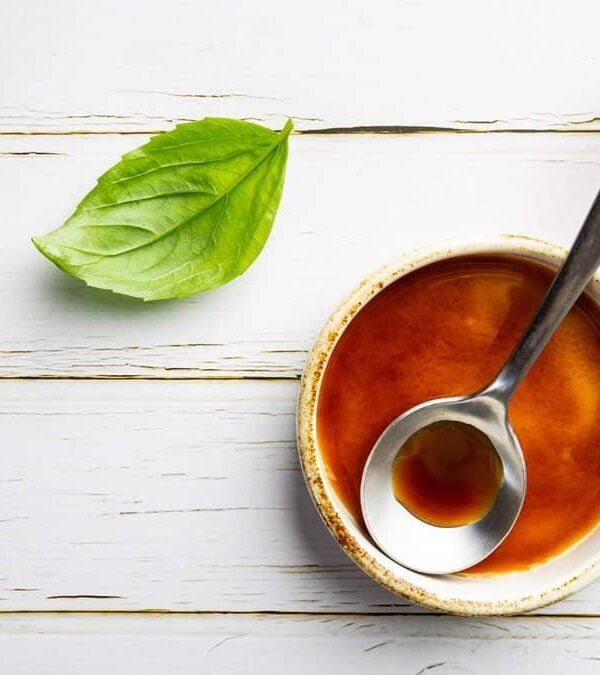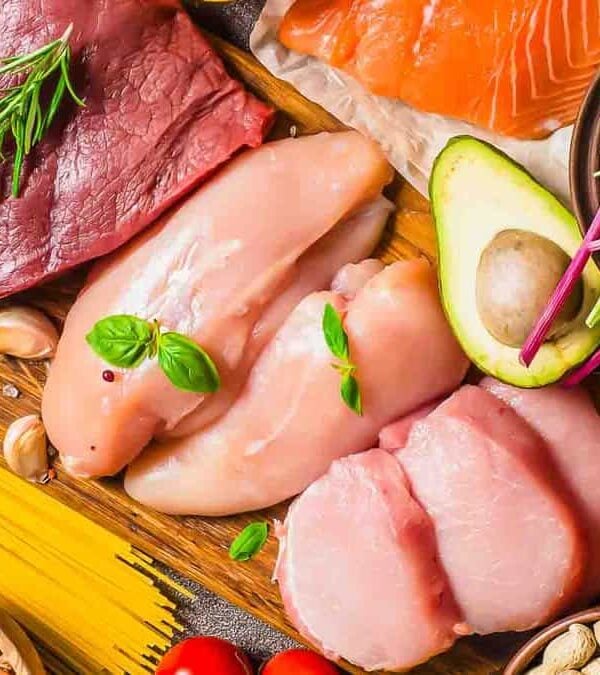Some foods are too controversial for the dinner table, landing on the global banned list. Find out why these delicacies have become taboo and uncover the surprising and sometimes shocking reasons behind these bans.
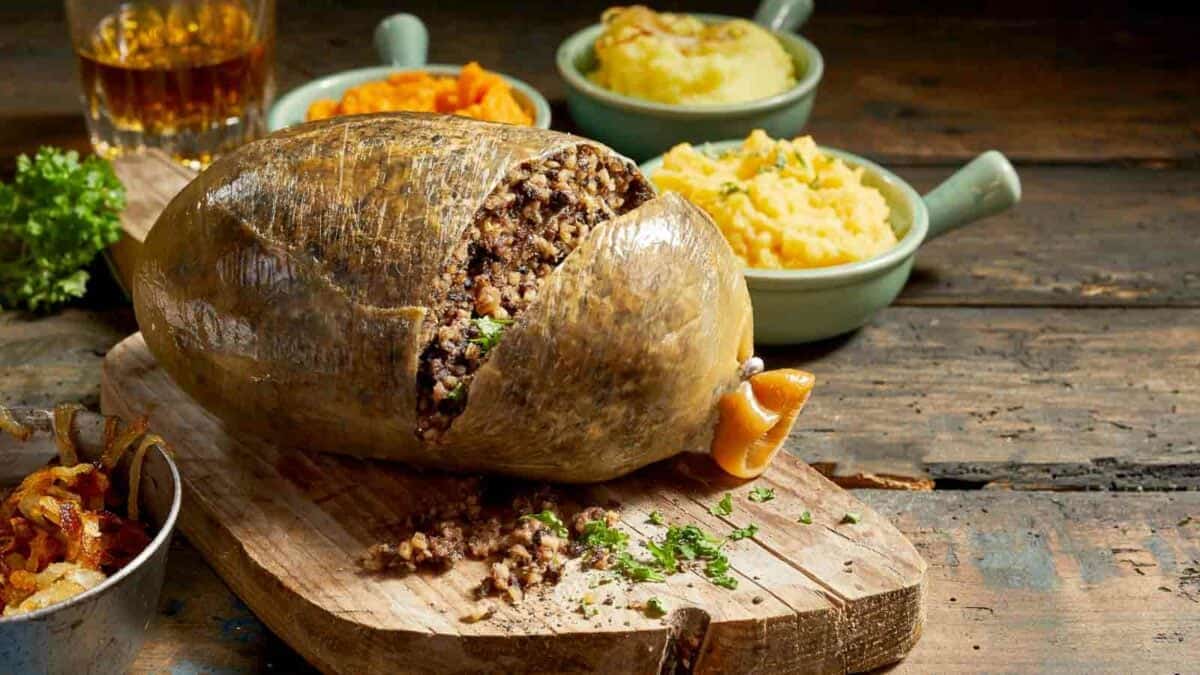
Casu Marzu (Italy)
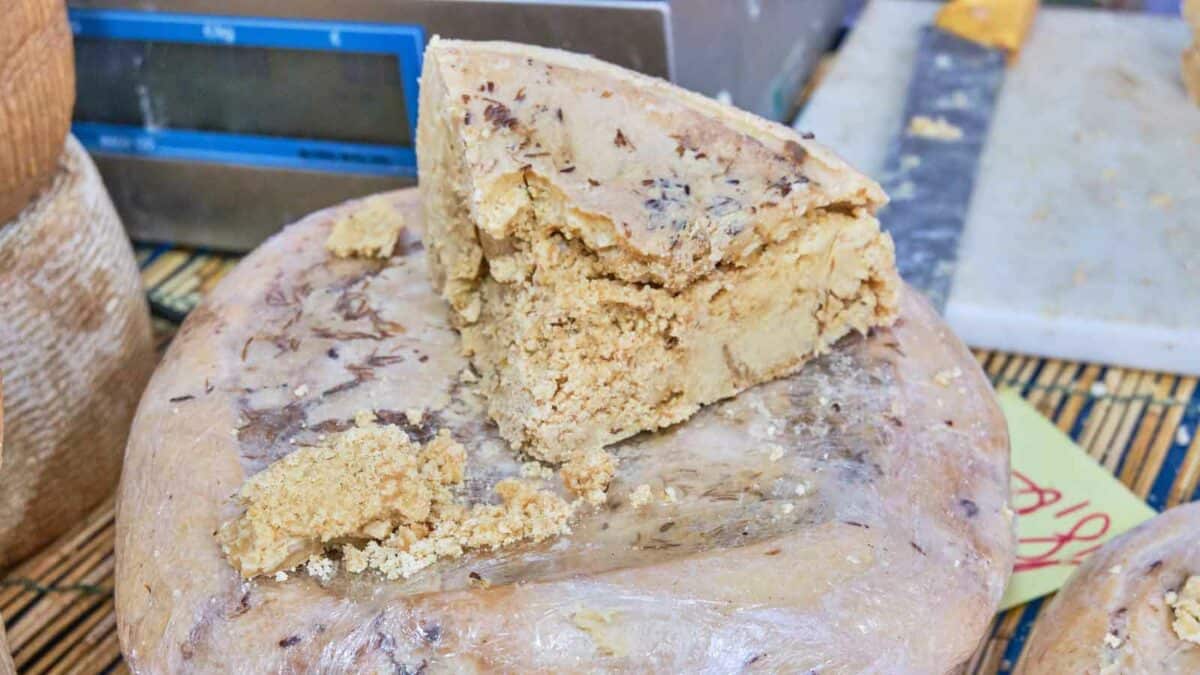
Casu Marzu goes beyond typical fermentation with its very unique ingredient: live insect larvae. This Sardinian cheese is a traditional dish celebrated for its intense flavor and creamy texture. However, the health risks from consuming live larvae have led to its ban in markets outside of its local region.
Shark Fins (Multiple Countries)

Shark fin soup, a status symbol in many Asian cultures, involves the controversial practice of shark finning. This practice, which often involves discarding the shark back into the ocean after removing its fins, has led to widespread environmental and ethical concerns, resulting in a ban in several countries.
Foie Gras (Several Countries and Cities)

Foie gras, made from the liver of ducks or geese that have been force-fed, is known for its rich, buttery, and delicate flavor. However, the method of producing foie gras raises ethical concerns regarding animal welfare, leading to its prohibition in several countries and cities around the world.
Sassafras Oil (USA)

Once a common ingredient in teas and root beer, sassafras oil contains safrole, which was found to be carcinogenic. This discovery led to the banning of sassafras oil in the United States, particularly in commercially prepared foods and beverages.
Haggis (USA)

Haggis is a traditional Scottish dish made from sheep’s heart, liver, and lungs, mixed with onions, oatmeal, suet, and spices. It’s encased in the animal’s stomach and cooked thoroughly. However, because it includes sheep’s lung, haggis is banned in the U.S., where regulations prevent the use of lungs in food products.
Beluga Caviar (USA and Europe)

Beluga caviar, harvested from the critically endangered Beluga sturgeon, faces trade restrictions and bans in both the USA and Europe. These measures aim to protect the dwindling sturgeon population, which is threatened by overfishing primarily for the caviar market.
Horse Meat (USA and some parts of Europe)

While consumed in many parts of the world, horse meat is banned in several U.S. states and some European countries. The bans are largely due to ethical concerns and cultural norms that view horses as pets or companion animals rather than food.
Ackee Fruit (USA)

Native to West Africa and popular in Jamaican cuisine, ackee must be properly ripened and prepared before it is safe to eat. Unripe ackee contains a toxin that can cause severe illness, leading to its strict regulation in the U.S. Only canned ackee that meets safety standards is allowed to be imported.
Ortolan (France)

The ortolan, a small bird, was once a French delicacy served to gourmets willing to overlook the brutal method of its preparation. Captured live, kept in darkness to gorge on grain, and then drowned in Armagnac, this preparation method led to ethical outrage and a subsequent ban in France.
Kinder Surprise Eggs (USA)

Popular throughout Europe, Kinder Surprise Eggs contain a toy inside a chocolate shell, posing a choking hazard. Due to strict U.S. regulations against non-edible objects embedded within food products, these eggs are banned in the United States.
10 Controversial Food Ingredients Used In America That Are Banned Globally

Around the globe, countries take varied approaches to food safety, setting their own rules on which ingredients and production methods are deemed acceptable. What’s routine in the U.S. food industry often faces stricter scrutiny abroad. With the U.S. grappling with high rates of chronic illnesses and food-related disorders, it begs the question: could certain widely-used, yet overseas-banned, additives be contributing to America’s public health challenges?
Read it Here: 10 Controversial Food Ingredients Used In America That Are Banned Globally
10 Extreme Food Eating Challenges Across The USA

From towering burgers to fiery pizzas, America’s food challenges are not for the faint of heart. These contests stretch from coast to coast, offering daring diners the chance to test their mettle against outrageous portions and blistering spices. Whether it’s devouring an entire kitchen’s worth of ice cream or tackling a pizza larger than a car tire, each challenge packs a unique punch that draws crowds and creates legends. Here’s a rundown of the 10 wildest eating contests across the country, where glory is just a bite away.
Read it Here: 10 Extreme Food Eating Challenges Across The USA
Select images provided by Depositphotos.
Gina Matsoukas is an AP syndicated writer. She is the founder, photographer and recipe developer of Running to the Kitchen — a food website focused on providing healthy, wholesome recipes using fresh and seasonal ingredients. Her work has been featured in numerous media outlets both digital and print, including MSN, Huffington post, Buzzfeed, Women’s Health and Food Network.
